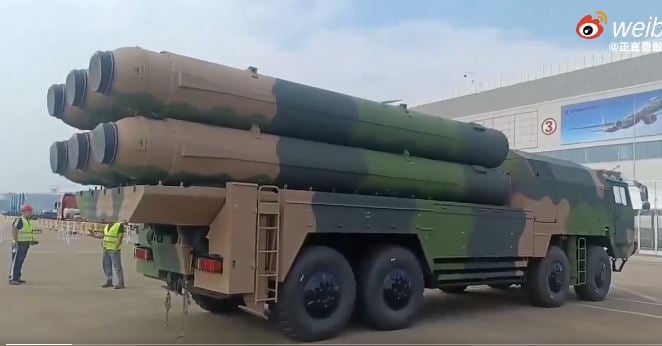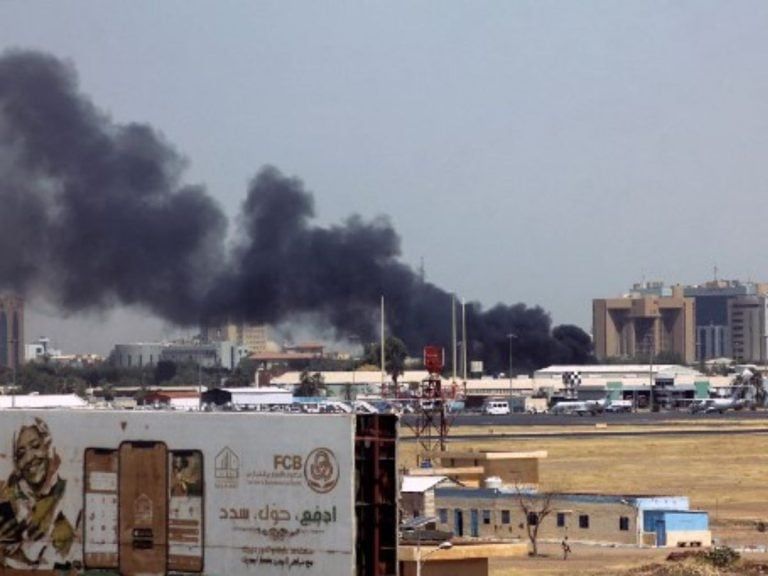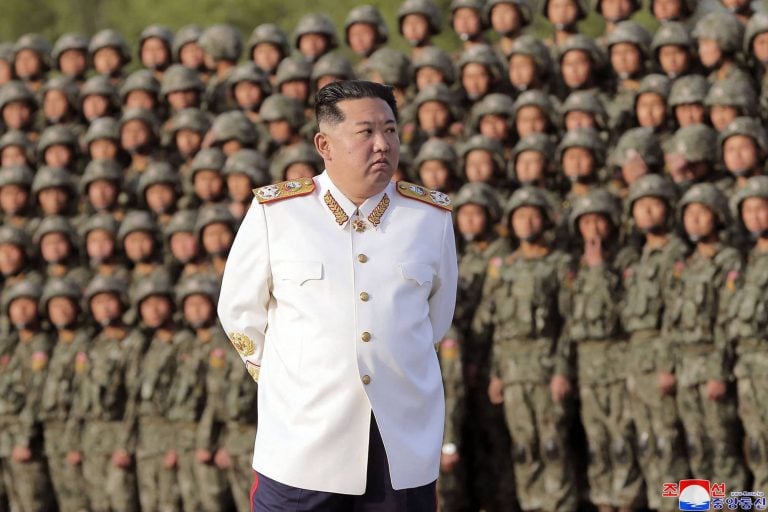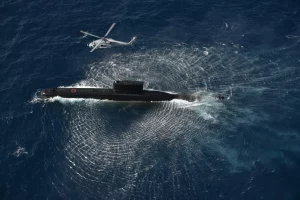Following a recent four-day conflict with India in May, Pakistan is actively considering the acquisition of China’s advanced HQ-19 missile defense system. This move is seen as a response to perceived vulnerabilities in Pakistan’s air defense capabilities, particularly after reports of India’s successful airstrikes targeting military and civilian sites within Pakistan.
The procurement plan reportedly includes not only the HQ-19 missile defense system but also 40 Chinese-made J-35A stealth fighters, with the first deliveries expected to take place in the first quarter of 2026. This information was made public by Kuala Lumpur-based Defence Security Asia, citing unnamed sources familiar with the matter.
The HQ-19, unveiled in November 2024, is a sophisticated ballistic missile defense system with a remarkable range of up to 3,000 kilometers (1,864 miles). It is designed primarily for intercepting long-range ballistic missiles but is also capable of neutralizing supersonic and near-supersonic cruise missiles, such as India’s BrahMos and SCALP-EG, as well as the Agni series of ballistic missiles, according to the report.
Developed by the China Aerospace Science and Technology Corporation, the HQ-19 utilizes a hit-to-kill interception method. Its architecture includes an 8×8 wheeled transporter erector launcher arranged to carry six missiles, complemented by a command and control system and a powerful radar known as the type 610A. This radar boasts a detection range of approximately 4,000 kilometers (2,485 miles). The development of the HQ-19 began in the late 1990s, and the first successful trial was conducted in 2021. Notably, the HQ-19 is based on the HQ-9 surface-to-air missile system, which itself is a derivative of the Russian S-300.
Pakistan’s current air defense suite consists of the HQ-9 long-range and HQ-16 medium-range systems. However, the recent conflict underscored vulnerabilities in Pakistan’s air defense strategy. The Indian Air Force successfully executed a series of airstrikes that, according to initial assessments from the Stimson Center in Washington, demonstrated India’s capability to conduct precise standoff attacks across significant portions of Pakistani territory, particularly highlighted during key dates of the conflict such as May 7 and May 10.
While it is believed that some attempts to strike were thwarted by Pakistani air defenses, the assessment indicates a substantial vulnerability to further Indian air attacks. India has reported using a mixture of air-launched cruise missiles to achieve its objectives in the operation, raising alarms regarding Pakistan’s ability to defend its airspace effectively.
The prospective acquisition of the HQ-19 missile defense system, along with the J-35A fighters, signals a strategic shift for Pakistan as it seeks to bolster its defensive capabilities in light of regional tensions and the implications of recent military engagements.
















